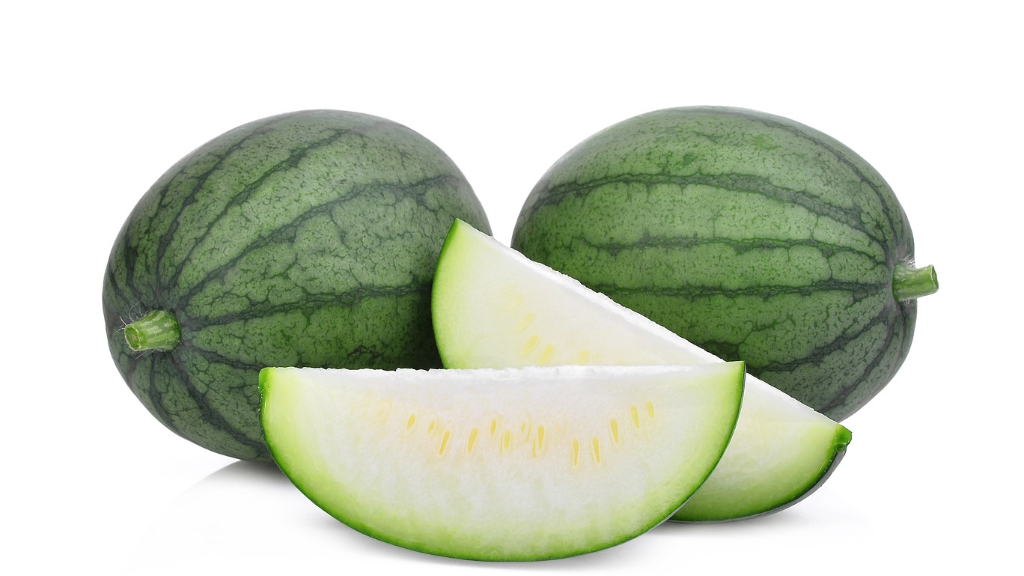Growing White Wonder Watermelons


Watermelons are a great addition to the garden, but what if you're sick and tired of plain old red watermelon? What if you want something new? (But still really want to grow watermelons). Well, look no further than the White Wonder watermelon, a fascinating variety that's traditional green on the outside but unmistakably white on the inside! It's not a light red that it looks white from some angles. It's completely white - so much so that it's close to being translucent.
White Wonder Watermelon History
White Wonder watermelon plants have their roots in Africa, where all white-fleshed watermelons were cultivated from wildly growing varieties. I say "all white-fleshed watermelons" because they used to be very common. In the 19th century, however, farming became a corporate industry and demand for red-fleshed melons caused white ones to all but disappear both from public consciousness and cultivation. Thankfully, the White Wonder was spared from extinction, and you can do your part to help bring it back by growing this amazing heirloom plant in your garden.
Growing White Wonder Watermelons
The White Wonder watermelon is small as watermelons go, usually topping out at 6-8 pounds. Its skin is much thinner than that of a traditional watermelon, so you need to take care not to crack it when handling it. Some people who grow it say it tastes just like a watermelon, but many report a cucumber flavor. (To add to the confusion, there exists a White Wonder cucumber, but it's white on both the inside and outside, so you probably won't got mistaking one for the other). White Wonder watermelon plants are hardy and extremely heat resistant. They take 80 days to mature, and once they get there, they're prolific producers. So why not give it a try? You'll have something totally different on your table this summer and you'll be helping to keep an heirloom alive!
Gardening tips, videos, info and more delivered right to your inbox!
Sign up for the Gardening Know How newsletter today and receive a free copy of our e-book "How to Grow Delicious Tomatoes".

The only child of a horticulturist and an English teacher, Liz Baessler was destined to become a gardening editor. She has been with Gardening Know how since 2015, and a Senior Editor since 2020. She holds a BA in English from Brandeis University and an MA in English from the University of Geneva, Switzerland. After years of gardening in containers and community garden plots, she finally has a backyard of her own, which she is systematically filling with vegetables and flowers.
-
 Grow ‘Karl Rosenfield’ Peony Plants For The Ultimate Frilly Border Beauties And Cut Flowers
Grow ‘Karl Rosenfield’ Peony Plants For The Ultimate Frilly Border Beauties And Cut FlowersFor frilly double magenta peony petals infused with a heady fragrance, grow ‘Karl Rosenfield’ peony plants. Here’s how to cultivate the ultimate plushy blooms
By Tonya Barnett
-
 10 Common Composting Problems That Can Spoil Your Garden Gold – Plus Easy Fixes
10 Common Composting Problems That Can Spoil Your Garden Gold – Plus Easy FixesLearn how to troubleshoot common composting issues before they ruin your stash – from bad smells and bugs to materials not breaking down as they should.
By Susan Albert